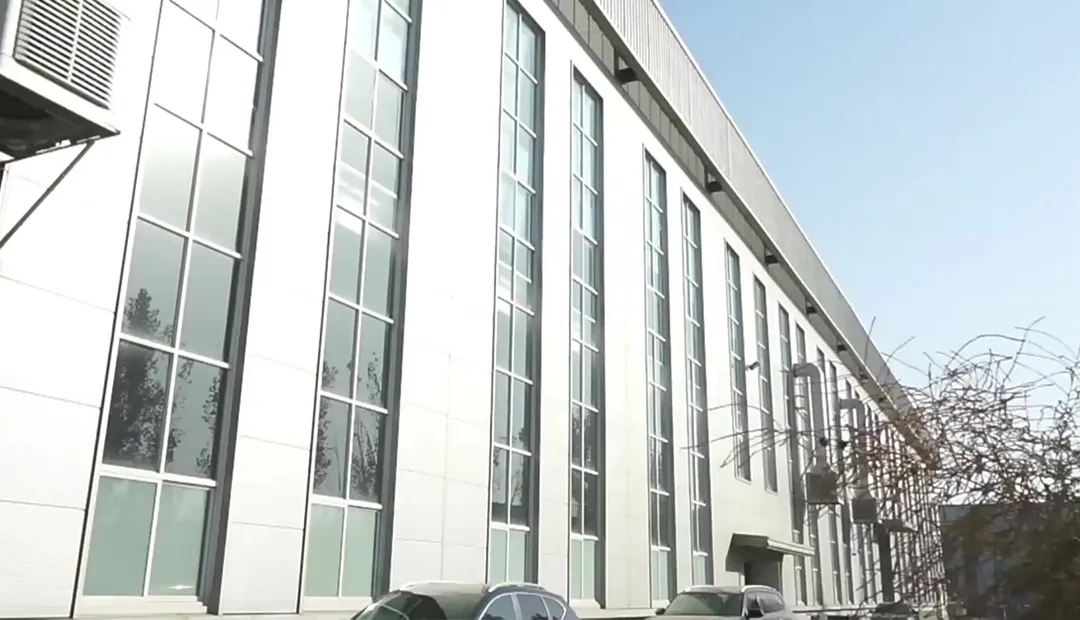The primary function of a gas pressure reducing valve is to decrease and stabilize the pressure of a gas entering a system. When gas flows from a high-pressure source, such as a gas main, to a lower-pressure distribution system, the PRV adjusts the pressure to a predetermined level suitable for the downstream equipment. The valve operates on the principle of a diaphragm mechanism, where changes in downstream pressure result in adjustments to the valve opening, maintaining the desired output pressure.











